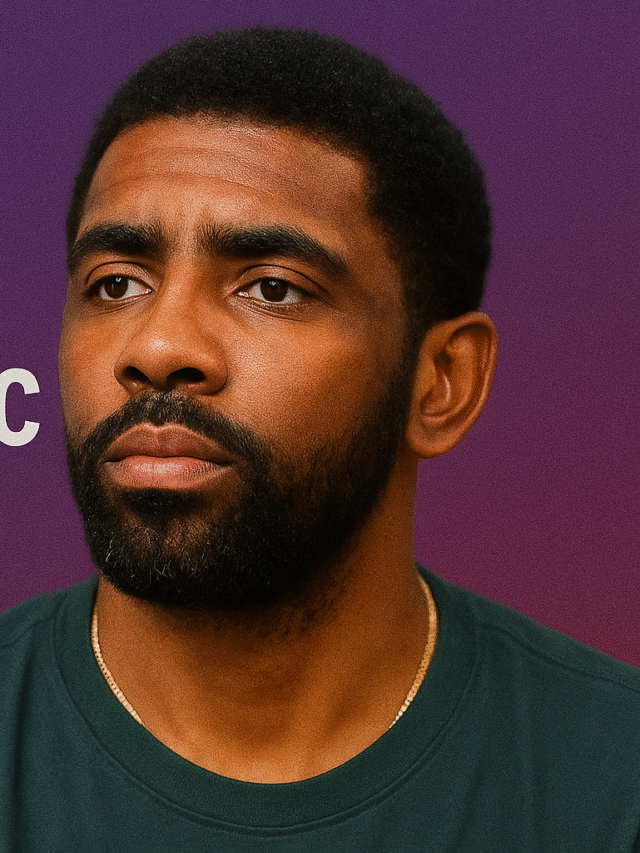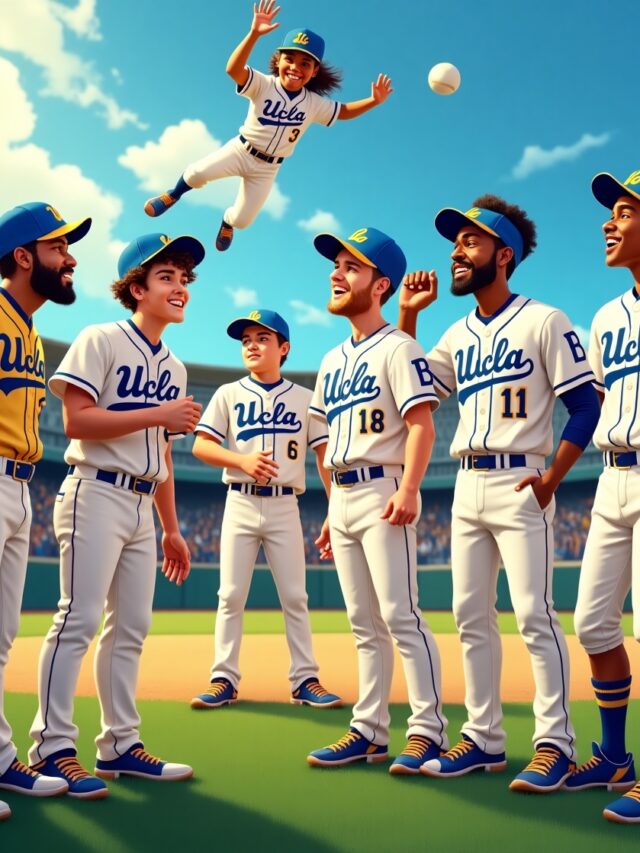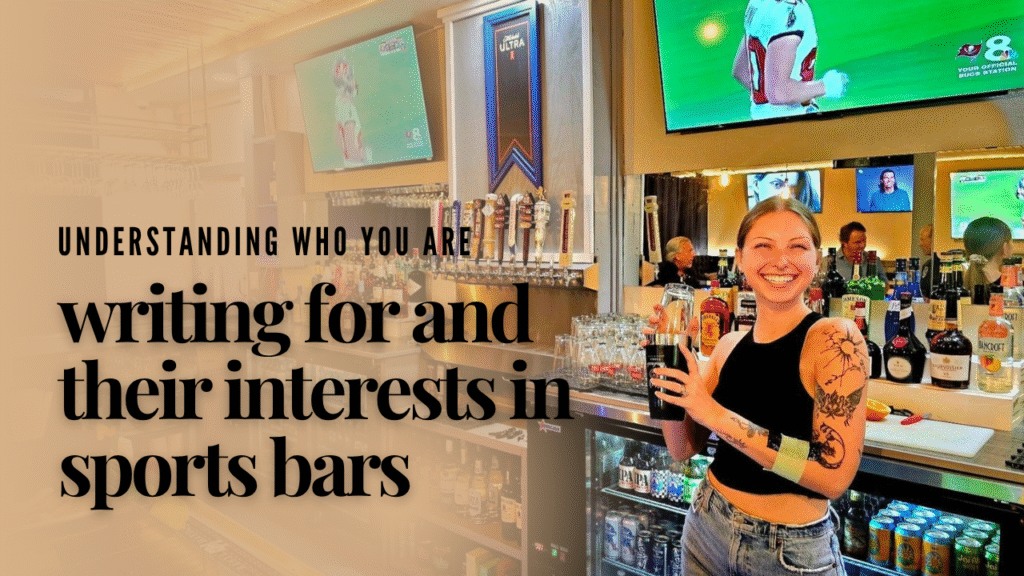Burnley FC Years in Premier League: A Journalist’s First-Hand Account
My boots crunched on the damp pavement, a fine northern England mist clinging to my coat. It wasn’t the sun-drenched stadiums of Los Angeles or the bustling energy of New York I was used to. This was Burnley, a small mill town nestled in the heart of Lancashire, and I was here to cover a football club that embodied the very soul of its community: Burnley F.C. As a journalist, you’re taught to remain objective, but some stories grab you, pull you in, and refuse to let go. The story of the Burnley FC years in the Premier League is one of those.
My name is Mohit, and for years I’ve followed the narrative of the Premier League from across the Atlantic. I’ve seen the titans clash, the money flow, and the global superstars shine. But the story that always fascinated me was that of the underdog, the club that fought against all odds. That fascination brought me here, to the shadow of Turf Moor, one of the oldest and most authentic grounds in English football. I wanted to see it, feel it, and understand what made this club tick.
Walking through the town, the claret and blue of the club are not just colors; they are woven into the fabric of the place. You see it on scarves wrapped around lampposts, in the windows of local pubs, and in the proud gait of the locals. To understand Burnley’s journey in the world’s most glamorous league, you have to understand Burnley the town. It’s a place built on grit, hard work, and a stubborn refusal to bow down. It’s no surprise their football club is cast in the same image.

The First Taste: A Brief but Important Beginning (2009-10)
My first trip to Turf Moor wasn’t during their most recent, prolonged stay in the top flight, but my research and conversations with long-time fans painted a vivid picture of their initial promotion. The 2009-10 season was Burnley’s debut in the Premier League era. The excitement in the town, as described to me by a pub owner named Arthur, was “like nothing we’d ever seen.”
Under the guidance of manager Owen Coyle, they burst onto the scene. I remember watching the highlights back in the States, seeing them beat the reigning champions, Manchester United, in their first-ever home game in the Premier League. A thunderous volley from Robbie Blake secured a 1-0 victory that sent shockwaves through the league. It was a statement: we are not just here to make up the numbers.
They played a brand of football that was energetic and fearless. However, the dream was short-lived. The harsh realities of the Premier League soon bit. Coyle controversially left mid-season for a local rival, a move that still leaves a sour taste for many fans I spoke with. The team’s form faltered, and despite a valiant effort, they were relegated back to the Championship. It was a tough lesson in the unforgiving nature of top-tier football. But it wasn’t an end; it was a prelude.
The Dyche Revolution: Forging an Identity (2014-15)
Four years later, they were back. This time, the man at the helm was different. Sean Dyche, a formidable presence with a voice that sounded like gravel and granite, had taken charge. My assignment was to cover this “new” Burnley, to see if they could survive this time.
When I first attended a Dyche press conference, I was struck by his directness. There was no fluff, no PR spin. He spoke of “honest work,” “minimum requirements,” and the “one-club town” mentality. He wasn’t just managing a team; he was leading a cause.
The 2014-15 season was another tough slog. I stood in the press box at Turf Moor for a match against Manchester City, the defending champions. The wind howled, the rain was relentless, and the football was raw. Burnley, with a squad assembled for a fraction of their opponents’ cost, fought for every ball. They secured a famous 1-0 win, thanks to a goal from George Boyd. The roar from the crowd wasn’t just celebratory; it was defiant.
Despite heroic efforts, including a memorable draw at Chelsea, they were relegated again. But this time, it felt different. There was no collapse, no sense of panic. There was a foundation. Dyche had instilled a belief and a structure that wasn’t there before. The fans I chatted with after the final home game weren’t despondent. They were disappointed, yes, but also proud. They knew they’d be back, and they knew they’d be stronger.
The Golden Era: Establishing a Premier League Foothold (2016-2022)
And they were right. Burnley bounced back at the first attempt, winning the Championship title in 2015-16. This time, they were here to stay. The period from 2016 to 2022 represents the most significant of the Burnley FC years in the Premier League. This was the era I got to witness firsthand, making multiple trips to this corner of England that had captured my professional curiosity.
Survival and Solidity
The first objective upon their return in 2016-17 was simple: survive. They did it by making Turf Moor a fortress. I watched teams packed with international stars arrive on a cold Tuesday night and visibly wilt under the pressure. The stadium itself is an intimidating place for visitors. The stands are close to the pitch, the fans are loud, and the team plays a physical, organized style that’s incredibly difficult to break down.
- Defensive Organization: Dyche’s 4-4-2 formation was a masterclass in defensive discipline. Players knew their roles implicitly.
- Team Spirit: The “no stars” ethos meant everyone worked for each other. The collective was always more important than the individual.
- Set-Piece Threat: They were experts at maximizing their opportunities from free-kicks and corners, with towering center-backs like James Tarkowski and Ben Mee becoming cult heroes.
They finished 16th, securing他们的地位 for another season. It was a massive achievement, built on the principles Dyche had hammered into them.

The European Tour: The Unthinkable Dream
The 2017-18 season was something out of a storybook. It was the year everything clicked. I was there for the opening day of the season at Stamford Bridge, home of the champions, Chelsea. Nobody gave Burnley a chance. By halftime, they were 3-0 up. They held on for a stunning 3-2 victory. It was a sign of things to come.
Week after week, they ground out results. They weren’t always pretty to watch, but they were incredibly effective. Victories against Everton, draws at Tottenham and Liverpool—they were no longer just survivors; they were giant-killers. I remember standing outside a pub called “The Princess Royal” after a home win, listening to fans sing Dyche’s name. They couldn’t believe what was happening. Their small-town club was sitting among the elite.
They finished the season in 7th place. It was their highest league finish in over 40 years. It meant they had qualified for Europe. The scenes of celebration were pure, unadulterated joy. For a club of Burnley’s size and budget, competing in the UEFA Europa League was an impossible dream made real. It was a testament to the manager, the players, and the unwavering belief of an entire town. This was the absolute peak of the Burnley FC years in the Premier League.
The Long, Hard Fight
The following seasons were a return to the familiar struggle for survival. The European adventure, while historic, took its toll on the small squad. They had to fight tooth and nail to stay in the division in 2018-19, pulling off a remarkable turnaround in the second half of the season.
During this time, I saw the true character of the club. When their backs were against the wall, they found a way. There was a stubbornness, a resilience that was so impressive. They weren’t a yo-yo club anymore; they were an established Premier League side. They consistently punched above their weight, a thorn in the side of the league’s financial powerhouses.
Key elements of their survival included:
- Nick Pope: The goalkeeper emerged as one of the best in England, making impossible saves look routine.
- Dwight McNeil: A young winger谁 from the academy, providing a creative spark and a wicked left foot.
- Pragmatic Football: They knew what they were good at and stuck to it, never trying to be something they were not.
This extended period in the top flight was a monumental success. It brought investment into the club and the town. It put Burnley on the global map. Millions of people in the U.S. and around the world, who had never heard of this small Lancashire town, were now watching them take on the likes of Manchester City and Liverpool every week.
The End of an Era: Relegation and a New Direction (2021-22)
All good things must come to an end. The 2021-22 season was a struggle from the start. The squad was aging, investment was lacking, and the formula that had worked for so long began to show cracks. Goals dried up, and the team found themselves mired in a relegation battle.
In a move that shocked the football world, the club’s new owners parted ways with Sean Dyche in April 2022, with just a handful of games remaining. It felt like the soul of the club had been ripped out. I was back in the States when the news broke, and I spent the day calling my contacts in Burnley. The sense of shock and sadness was palpable. Dyche was more than a manager; he was an icon who had given the town its best years in a generation.
Despite a brief rally under interim management, it wasn’t enough. On the final day of the season, relegation was confirmed. After six straight seasons, the longest of the Burnley FC years in the Premier League was over. There was a profound sense of an era ending. The man and the method that had defined them were gone, and their top-flight status went with them.
The Kompany Revolution and a Fleeting Return (2023-24)
What happened next was just as remarkable. Instead of wallowing, the club appointed Manchester City legend Vincent Kompany as manager. What I witnessed on my next visit was a complete transformation.
The direct, physical 4-4-2 of the Dyche era was gone. In its place was a fluid, possession-based style of football, mirroring the philosophy of Kompany’s mentor, Pep Guardiola. The team was overhauled with young, technical players from across Europe. They dominated the Championship, playing some of the best football the division had ever seen, and secured promotion back to the Premier League at the first attempt.
Their latest stay in the top flight, the 2023-24 season, was a difficult one. The beautiful football that had torn the second tier apart proved difficult to implement against the world’s best teams. Kompany stuck to his principles, but the young team struggled with the step up in quality and physicality. I watched them play at Old Trafford, and while they moved the ball with grace, they lacked the clinical edge and defensive steel needed to win games at that level.
Relegation was confirmed before the season’s end. It was another harsh lesson. It raised questions about whether a club like Burnley can thrive in the Premier League with a purely idealistic, attacking style, or if a degree of pragmatism is a prerequisite for survival.

A Legacy of Defiance
Looking back at the complete saga of the Burnley FC years in the Premier League, it’s a story of more than just wins, losses, and league tables. It’s a story of identity. For nine seasons in total, this small club from a proud northern town stood shoulder-to-shoulder with global sporting giants.
They did it on their own terms. Under Sean Dyche, they showed the world that organization, spirit, and hard work could compete with nine-figure transfer budgets. They gave their fans a journey they will never forget, culminating in that magical European tour. Even their most recent, unsuccessful season under Kompany was a statement of ambition, an attempt to evolve and play a brand of football few thought possible at Turf Moor.
From my first visit, stepping off the train into that misty Lancashire air, I was captivated by Burnley.
It’s a club that represents its people. It’s a club that fights. It has known the dizzying highs of beating the champions and the crushing lows of relegation. Through it all, it has retained its character. The Premier League is a richer, more interesting place for having had Burnley in it, and I have no doubt that the fans singing in the pubs and the players who pull on that famous claret shirt are already plotting their next return. This isn’t a final chapter; it’s just the end of the latest one. And I, for one, will be there to report on it when it happens.










